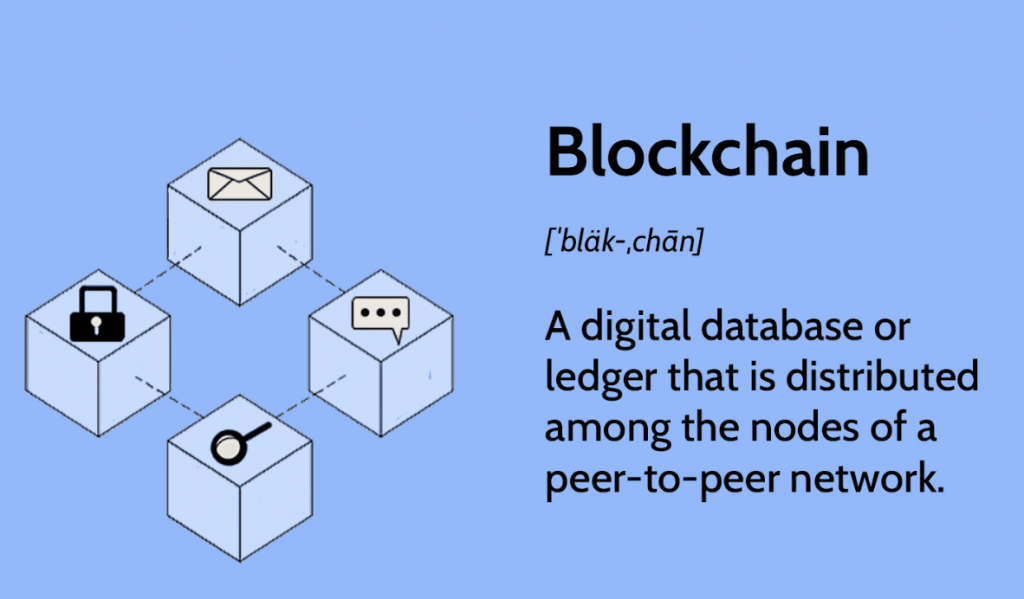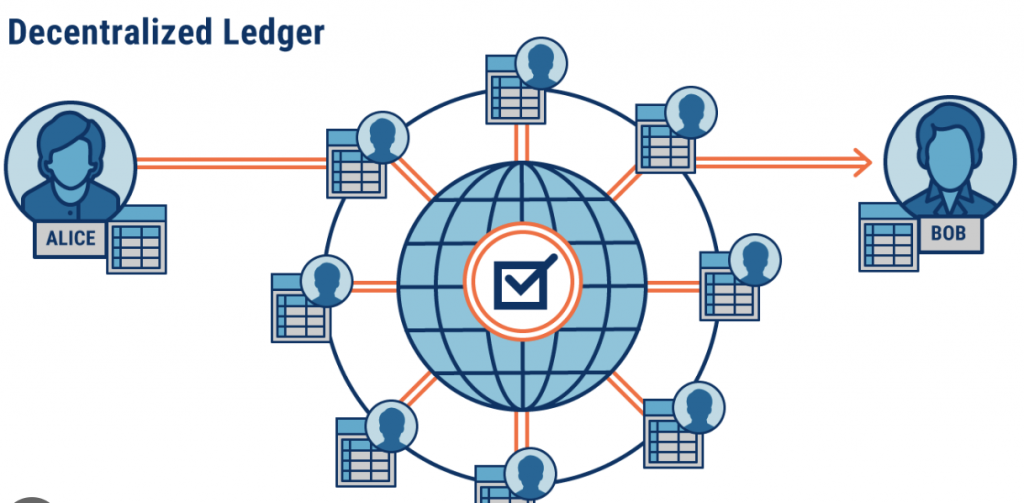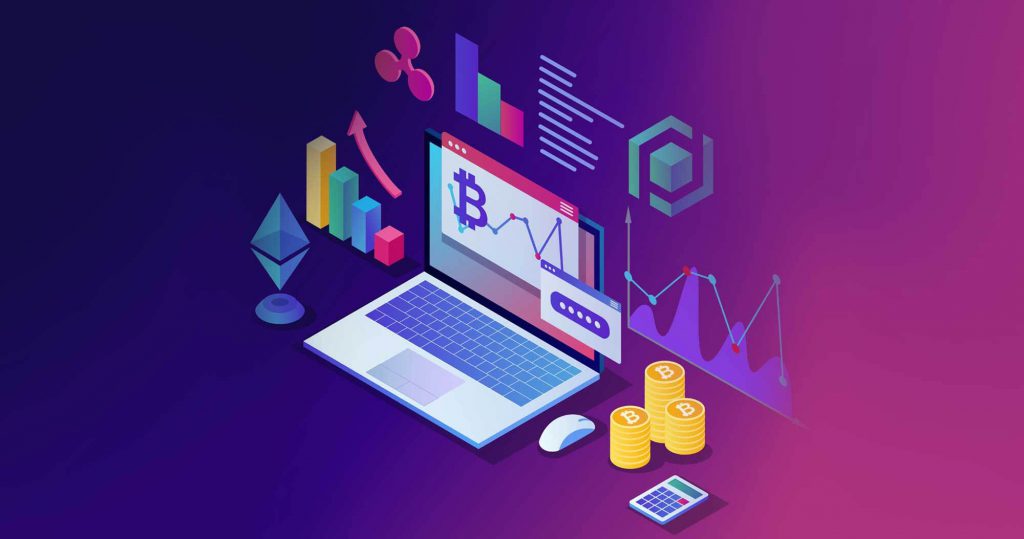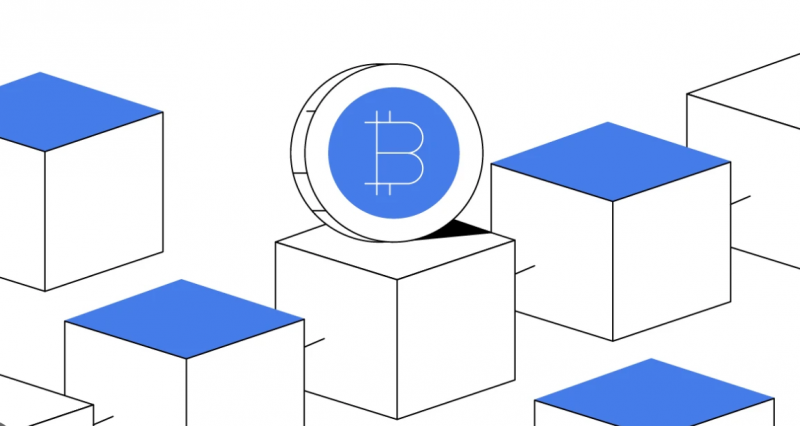How Many Blocks Are in a Blockchain?: The Comprehensive Guide
Blockchain technology has gained significant popularity in recent years, particularly due to the rise of cryptocurrencies.
One of the key components of a chain is the concept of blocks. But how many blocks are in a chain?
In this comprehensive guide, we will explore the structure of a chain and the role of blocks, and provide insights into the fascinating world of chain technology.
Also read: Europe Launches First Spot Bitcoin ETF


Understanding Blockchain and Blocks
Before delving into the specifics of blocks, it is crucial to have a clear understanding of what a blockchain is.
A blockchain is a decentralized and distributed ledger that records transactions across multiple computers or nodes.
The blockchain groups every transaction into a block and subsequently incorporates it into the chain sequentially.
What is a Block in blockchain?
A block in a chain network can be thought of as a link in a chain. It serves as a container for a set of transactions and other important data.
Every block possesses a distinct identification and links actively to the preceding block, creating a chronological sequence.
This connection between blocks ensures the immutability and integrity of the chain.
What is a typical block of a blockchain?
A typical block in a blockchain consists of several components that provide essential information about the transactions and the block itself.
Let’s explore the key elements of a block:
- Block Header: The block header contains metadata about the block, including the timestamp, version, difficulty target, nonce, Merkle Root, and the hash of the previous block. The block header plays a crucial role in the security and integrity of the blockchain.
- Transactions: Transactions are the core entities within a block. They represent the movement of assets or information between participants on the blockchain. Each transaction contains details such as the sender, recipient, amount, and other relevant information.
- Block Identifier: The block identifier includes the hash and the height of the block. The hash is a unique identifier generated by passing the block header metadata through a cryptographic hashing algorithm, typically the Secure Hash Algorithm (SHA256). The block height represents the number of blocks mined between the current block and the genesis block, which is the first block in the chain.


How Many Blocks Are in a Blockchain?
Blockchain’s block count varies due to protocol, creation speed, and chain age.
Each chain has its own rules and mechanisms for block creation and validation.
For the Bitcoin blockchain, a widely recognized and utilized one, new blocks emerge roughly every 10 minutes.
The Bitcoin chain gains about six blocks hourly, accumulating numerous blocks over time.
Furthermore, Since its inception in 2009, the Bitcoin blockchain has witnessed substantial growth. As of today, the Bitcoin blockchain consists of thousands of blocks, with each block containing a set of confirmed transactions.
Miners continually add and validate new transactions, causing the total blocks in the Bitcoin blockchain to steadily rise.
Also read: Satoshi Nakamoto Mined the 1st Bitcoin Block 14 Years Ago
The Role of Satoshi Nakamoto in Blockchain History
When discussing blockchain’s origins, we can’t ignore Satoshi Nakamoto’s contributions to this technology.
Additionally, Nakamoto is the pseudonymous person or entity credited with the creation of Bitcoin, the first and most prominent cryptocurrency.
What is Block 0?
Nakamoto accomplished the mining of the initial block of the Bitcoin hain on January 3, 2009. This block is widely known as the genesis block.
Block 0, or the historic first block, initiated the Bitcoin chain and established the crypto ecosystem base.
The genesis block holds a special place in the blockchain’s history.
It contains a message embedded in the Coinbase transaction, which reads: “The Times 03/Jan/2009 Chancellor on brink of second bailout for banks.”
Furthermore, this message serves as a timestamp and reflects Nakamoto’s vision for a decentralized financial system.
Satoshi Nakamoto’s identity is still unknown, fueling ongoing speculation about this mysterious figure’s true identity.
Nakamoto’s contributions revolutionized finance, paving the way for various blockchain applications beyond Bitcoin.


Conclusion
In conclusion, a blockchain comprises blocks that store and validate transactions.
Each block contains crucial information about the transactions and is linked to the previous block, forming a chain. The number of blocks in a blockchain varies depending on factors such as the blockchain protocol and block creation rate.
Furthermore, the genesis block, mined by Satoshi Nakamoto in 2009, marked the beginning of the Bitcoin blockchain and set in motion the global adoption of blockchain technology.
Satoshi Nakamoto’s vision for a decentralized financial system has had a profound impact on the world, and the legacy continues to shape the future of finance and technology.
Additionally, as blockchain technology continues to evolve, it is important to understand the role of blocks and the significance of the genesis block in the history of blockchain.
With each new block added to the chain, the blockchain grows more robust, more secure, and more resilient, paving the way for a decentralized and transparent future.





